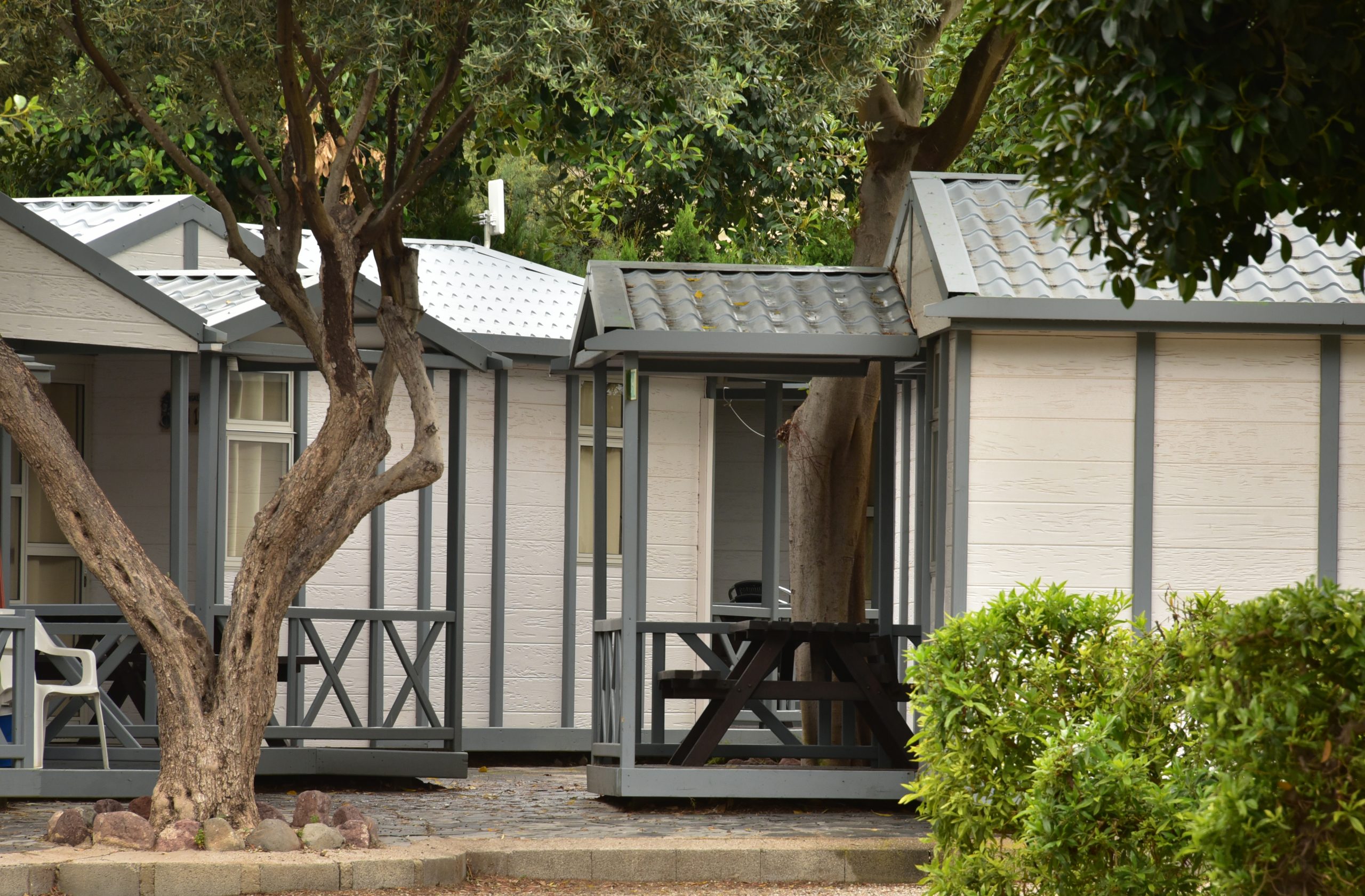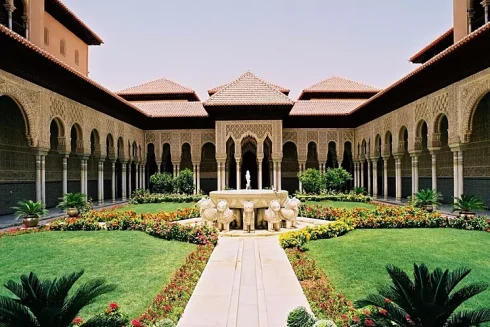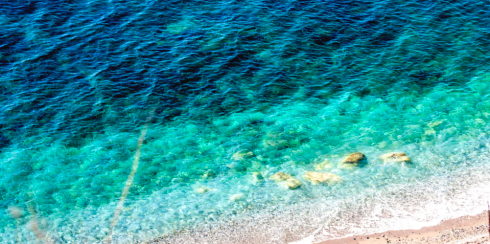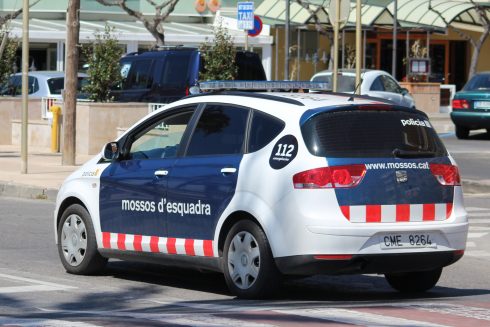THESE DAYS, camping isn’t about just ‘a tent’, where the trip can be spoiled by rain, wind, or too many baked beans by torchlight. With more than a passing nod to hotel facilities, many Spanish campsites have evolved into holiday resorts. And, the best of all, they offer accommodation where you simply park your car outside, open the door (or flap), and relax.
In recent years, Spain’s resort campsites have grown in popularity, leading many proprietors to invest in building permanent tents and bungalows. Although the word ‘glamping’ is outmoded, the trend grew in 2010, fuelled by the growth in luxury camping that we are seeing today.
The large, modern campsites offer a range of ready-made options including Bengalis, safari tents, bell tents, domes, bungalows, mobile homes, and chalets. Some even have ‘cortijos’ to rent. So, what to choose for your stay?
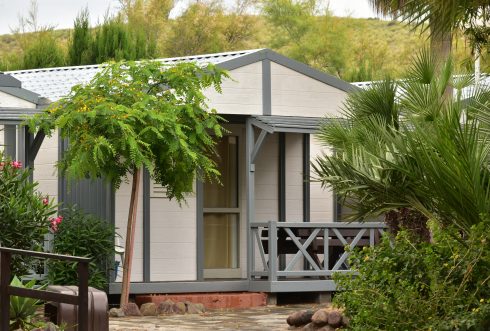
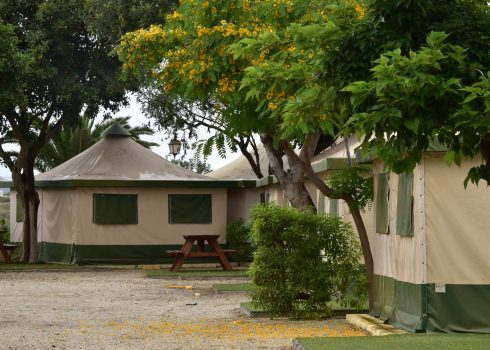
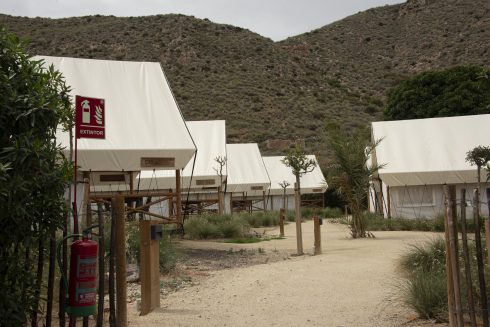
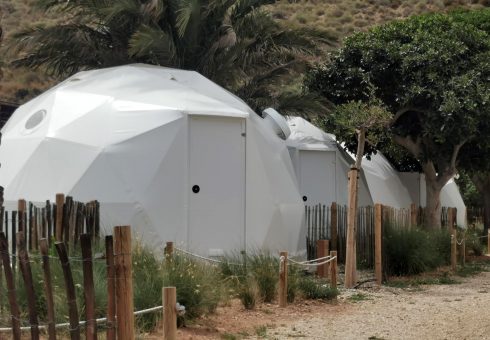
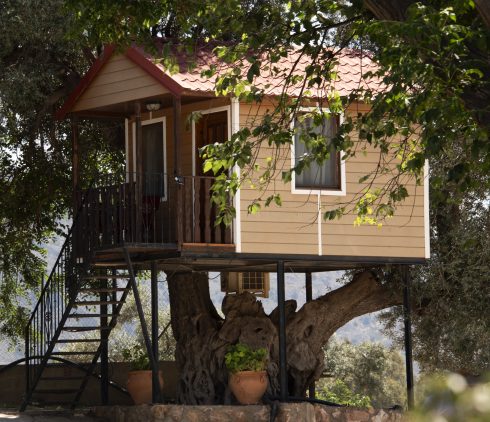
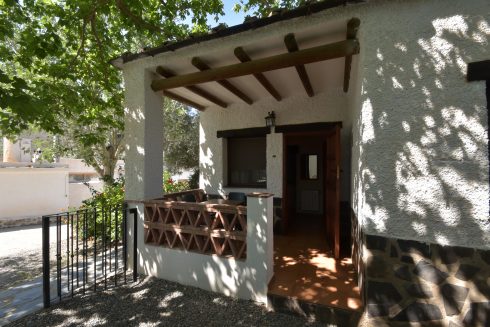
While per-constructed tents are furnished, and have proper beds and electricity, they aren’t usually installed with running water. In contrast, bungalows, mobile homes, and chalets come with their own bathroom and kitchen. So, no need to venture out to the communal facilities block at night. Or to worry about rain ruining your holiday (and your bed linen).
Large chains
The camping franchise, Kampaoh, operates through Spain, Portugal, France, and Italy. It rents out fully equipped ‘glamping’ tents, including bell tents, safari tents, and more. The tents have their own electricity and fridges, and some larger models have bathrooms. Kampahoh has obtained space in many existing Spanish campsites, where you’ll find rows of tents with the Kampaoh branding and an independent booking system.
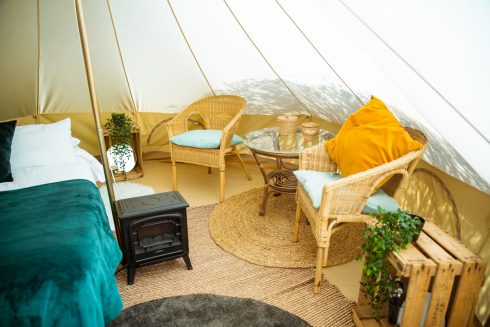
Similarly, the chain, WeCamp, is buying campsites throughout Spain and installing its range of bungalows with bijoux furniture and adornments. The idea is to ‘blend with nature’ and combine the camping vibe with the benefits of a hotel. The chain recently acquired the popular Las Negras site in Cabo de Gata, which has grown phenomenally thanks to an influx of funds. Now, it is like a whole town of bungalows. “In summer, our campsite has more residents than the nearby village,” the manager told the Olive Press.
With the emphasis on ‘hotel-like’ facilities, the resort sites provide a range of amenities you would not encounter in a windswept field. These usually include large swimming pool, gymnasium, sports facilities, barbeque area, communal lounge, bar, restaurant, and supermarket, to name a few. Some of Spain’s biggest sites have aqua slides and wellness centres.
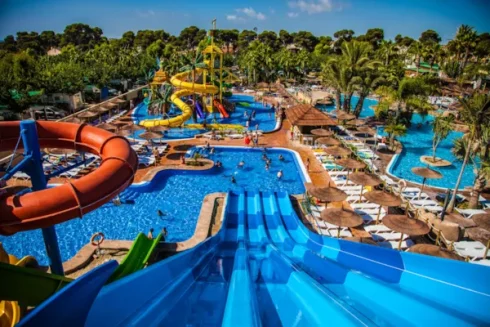
Most large sites also operate an entertainment programme in high season. Typical activities include aqua fitness classes, yoga, face painting, crafts, ping pong tournaments, quizzes, and music nights.
Choose your site carefully
Depending on size and location, Spain’s campsites vary a lot. Some are naturally more tranquil, because they’re in a less touristy place – such as on a mountainside, instead of a beachfront.
You’ll also find sites built in strange locations – such as in the middle of plastic greenhouses. However, that doesn’t mean that the site itself will be ugly. Don Cactus near Motril is popular, despite being surrounded by ‘plasticos’.
Angel Garcia Carpintero, owner of Camping Orgiva, set amongst beautiful mountain scenery, explains: “Some people like to be right on the beach. The campsites in the middle of greenhouses attract lots of people because of their location.” He personally hasn’t invested in Bengalis or bell tents, although he does offer bungalows and chalets. “Those tents take a lot of work to maintain,” he explains.
Avoiding high tariffs
Sites that are on the first line of the beach, such as WeCamp at Cabo de Gata, charge a premium for the sandy delights. You can find yourself paying upwards of 40e a night for a ‘parcela’ to mount your own tent, and over 100e for a bungalow.
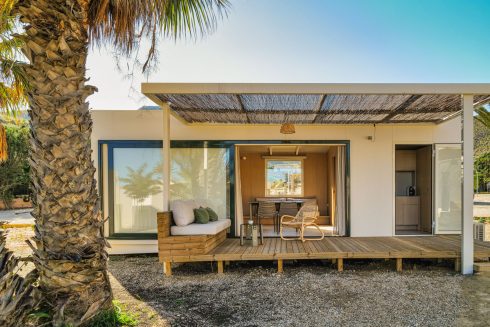
In general, you can obtain a cheaper tariff by choosing ‘campo’ instead of ‘playa’ – especially in high season, when demand drives up prices. The ‘campo’ sites tend to be at least 20% cheaper.
Try booking midweek, not at weekends, and especially not at ‘puentes’ (public holidays).
Search for offers on the Facebook page of your chosen campsite, sign up for discount schemes – such as Club Cliente at Los Escullos, Cabo de Gata – and contact the reception for unpublished deals.
Choosing where to sleep
Once you’ve chosen a campsite, consider your accommodation needs. While many sites are tastefully landscaped – featuring trees, foliage, and other privacy elements between campers – others resemble giant, open car parks. Shade is important, whether you’re in a bungalow, Bengali, or an old tent you hauled out of your garage.
If you can’t view a site before you book, check out the accommodation online – do you fancy a wooden chalet, stone bungalow, or to sleep under canvas? Bengali or dome?
If you’re in your own tent or camping vehicle, you might want a ‘parcela’ that’s beside a water fountain, overhead lighting, facilities block, and not too far from the pool and restaurant. If you stroll round the site before pitching up, you can avoid ‘parcelas’ with inadequate shade, too much gravel, ugly aspects, or backing on to another camp.
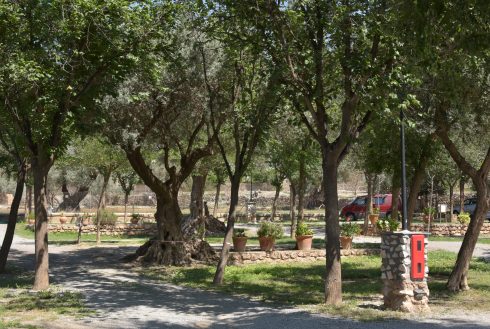
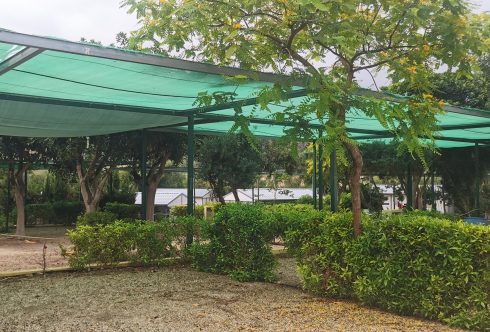
Noisy bunch
Even though many people love the buzzy feel of big campsites, they don’t suit everybody – especially if you’re an introverted soul. Even in off season, you might be mingling with teens on a school ‘viaje de estudios’, or another large group.
In high season, the big campsites are packed and noisy. Spanish campers tend to be almost professional in their approach. If they haven’t rented a bungalow, you’ll spot them occupying a huge ‘parcela’ with communal gazebo, cooking tent, outdoor furniture, fridge, electricity hook-up, and flatscreen TV.
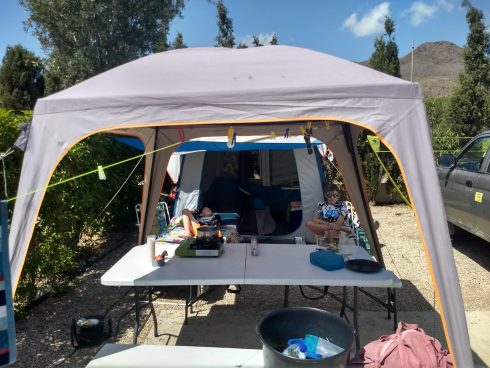
On some sites, there’s very little space between you and the next family, meaning that you can hear and see them clearly.
Although most sites have a “no noise or circulation between midnight and 7am” rule, that doesn’t translate into “silence is golden”. If you want to hear a pin drop, or your child peacefully asleep by 9pm, an actual hotel might be advisable!
“I don’t like these resort sites,” a British reader at Los Escullos told the reporter. “I preferred it before they were developed – when you could just pitch your tent beside the beach, and without all the bungalows and entertainment.”
However, would your child prefer to be in a desolate tent, with only the ‘old folks’ for entertainment? Judging by personal experience, they appreciate the location, amenities, and social life of a resort.
Recommended campsites
- Camping Los Escullos – near San Jose at Cabo de Gata, this is friendly site 1km from the beach with bungalows, mobile homes, Bengalis, Kampoah, and a ‘cortijo’ to rent.
- Valle Niza Playa – another friendly campsite, just off the beach, a few kilometers from Torre del Mar, Malaga. Reasonably priced.
- Camping Las Lomas – in Guejar Sierra, Granada, this has views of the Sierra Nevada mountains, swimming pool, good restaurant, mini golf, and spacious pitches.
- Camping Orgiva – a beautiful site 2km below the capital of La Alpujarra’.
- Camping Paloma, near Tarifa – a gorgeous site with pretty pitches.
- INTO THE WILD: Why it’s generally illegal to pitch your tent away from Spain’s dedicated campsites
- SHORT BREAK: Enjoy the volcanic paradise of Cabo de Gata in Spain’s Almeria
- Camping Orgiva is the perfect base for your visit to La Alpujarra in Spain’s Granada

